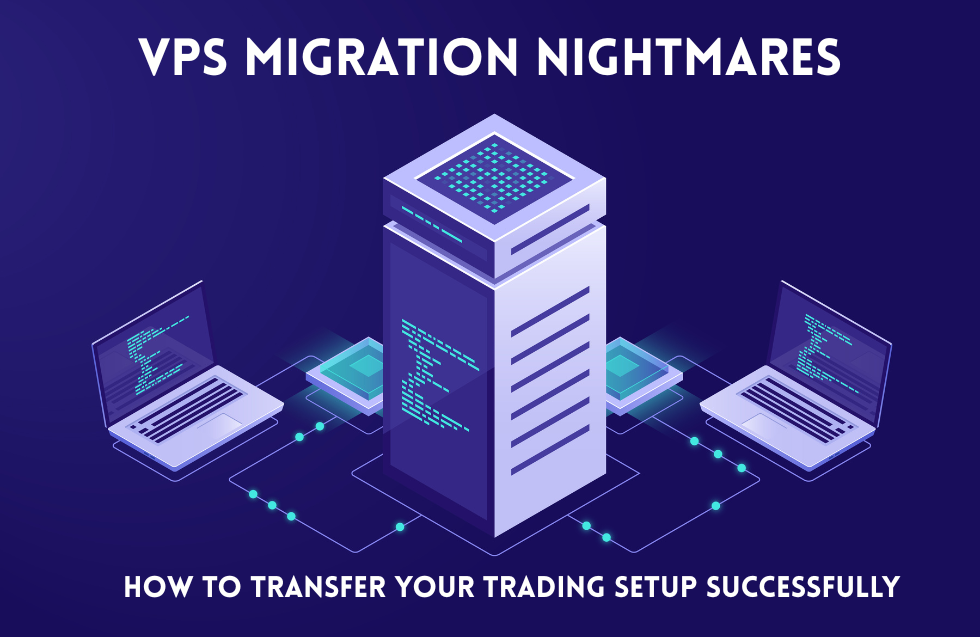Starting or growing a business requires funding, but traditional loans and venture capital aren’t always easy to secure. Many entrepreneurs struggle with financing due to strict lending requirements, limited credit history, or simply not wanting to give up equity too early. However, there are several creative financing options that can help you raise capital while maintaining flexibility and control.
In this guide, we’ll explore 10 innovative ways to finance your business, including real-world examples, step-by-step approaches, and key tips to maximize each funding strategy. Whether you’re launching a startup, scaling your operations, or managing cash flow, these alternatives will help you secure the resources you need.
1. Crowdfunding: Raising Money from Supporters
What Is It?
Crowdfunding allows businesses to raise money from a large number of backers, typically through online platforms. Contributors support your idea in exchange for rewards, products, or equity.
Types of Crowdfunding
- Reward-Based Crowdfunding: Backers receive a product or service in return (e.g., Kickstarter, Indiegogo).
- Equity Crowdfunding: Investors receive shares in your company (e.g., StartEngine, SeedInvest).
- Debt Crowdfunding: Businesses receive loans from multiple investors and repay them over time (e.g., Funding Circle).
- Donation-Based Crowdfunding: Supporters donate money with no expectation of returns (e.g., GoFundMe).
Success Story: Pebble Smartwatch
Pebble raised over $10 million on Kickstarter, proving the power of crowdfunding. By allowing customers to pre-order products, Pebble secured funding before production began.
Steps to Start Crowdfunding
- Choose the right platform that matches your funding needs.
- Create a compelling campaign with a strong pitch and video.
- Offer enticing rewards to incentivize backers.
- Promote your campaign through social media and email marketing.
- Keep backers engaged with regular updates.
2. Revenue-Based Financing (RBF): Funding Without Fixed Payments
What Is It?
Revenue-Based Financing (RBF) allows businesses to receive capital in exchange for a percentage of future revenue. Unlike traditional loans, RBF payments fluctuate based on sales performance.
Why Choose RBF?
- No fixed monthly payments
- No equity dilution
- Ideal for businesses with recurring revenue
Example: SaaS Startups
Subscription-based businesses often use RBF to scale their operations without taking on debt or giving up ownership.
How to Apply for RBF
- Find RBF providers like Lighter Capital or Clearco.
- Show your revenue track record (at least $10K/month is usually required).
- Negotiate terms based on your expected revenue.
- Use the funds for growth activities, such as marketing or hiring.
3. Microloans: Small Capital for Startups
What Are Microloans?
Microloans are small, short-term loans designed for startups and small businesses. They are typically easier to obtain than traditional loans and often come with mentorship programs.
Best Microloan Providers
- SBA Microloan Program (U.S.)
- Kiva (global, 0% interest)
- Accion Opportunity Fund (U.S.)
How to Secure a Microloan
- Prepare a solid business plan to show how you’ll use the funds.
- Apply through a microloan provider with the required documents.
- Build a repayment plan that aligns with your cash flow.
4. Grants and Competitions: Free Money for Your Business
What Are Business Grants?
Grants are non-repayable funds given by governments, corporations, or organizations to support businesses.
Popular Business Grant Programs
- Small Business Innovation Research (SBIR) Program (U.S.)
- FedEx Small Business Grant
- Visa Everywhere Initiative
Tips for Winning a Grant
- Research eligibility criteria before applying.
- Highlight your business impact and innovation.
- Prepare a detailed proposal showcasing how the grant will be used.
5. Angel Investors and Peer-to-Peer Lending
Angel Investors
Angel investors are high-net-worth individuals who invest in early-stage businesses in exchange for equity. They often provide mentorship and networking opportunities.
Where to Find Angel Investors
- AngelList
- Gust
- Local startup incubators
Peer-to-Peer (P2P) Lending
P2P lending platforms like LendingClub and Prosper connect entrepreneurs with individual lenders. These platforms offer an alternative to traditional bank loans with flexible terms.
6. Bootstrapping and Pre-Sales
What Is Bootstrapping?
Bootstrapping involves self-funding your business using personal savings, revenue, or reinvested profits.
Pre-Sales as a Strategy
Selling products before they are made (pre-orders) can fund production costs while validating market demand.
Case Study: Apple
Steve Jobs and Steve Wozniak sold their first batch of Apple computers before manufacturing them, proving the viability of their product.
7. Business Credit Cards and Lines of Credit
Business Credit Cards
- Provide short-term funding
- Offer cashback and rewards
- Help build business credit
Business Lines of Credit
A revolving credit line allows businesses to borrow as needed without a fixed loan amount.
8. Strategic Partnerships and Barter Deals
Strategic Partnerships
Forming partnerships with established companies can provide funding, resources, or shared marketing efforts.
Barter Agreements
Instead of paying for services, businesses can exchange goods or services, conserving cash while securing necessary resources.
9. Equipment Financing and Leasing
What Is Equipment Financing?
This allows businesses to finance essential equipment purchases with installment payments.
Best Providers
- Balboa Capital
- Crest Capital
- Wells Fargo Equipment Finance
10. Revenue-Generating Side Hustles
Why Consider a Side Hustle?
Side hustles provide additional income to fund your main business while minimizing risk.
Popular Side Hustles for Entrepreneurs
- Freelance consulting
- Selling digital products
- Running an e-commerce store
Final Thoughts
Securing funding for your business doesn’t have to rely on traditional loans or venture capital. By exploring creative financing methods, you can raise capital while maintaining flexibility and control. Whether you choose crowdfunding, grants, RBF, or partnerships, aligning your funding strategy with your business goals is crucial.
What financing method has worked for you? Let us know in the comments!












